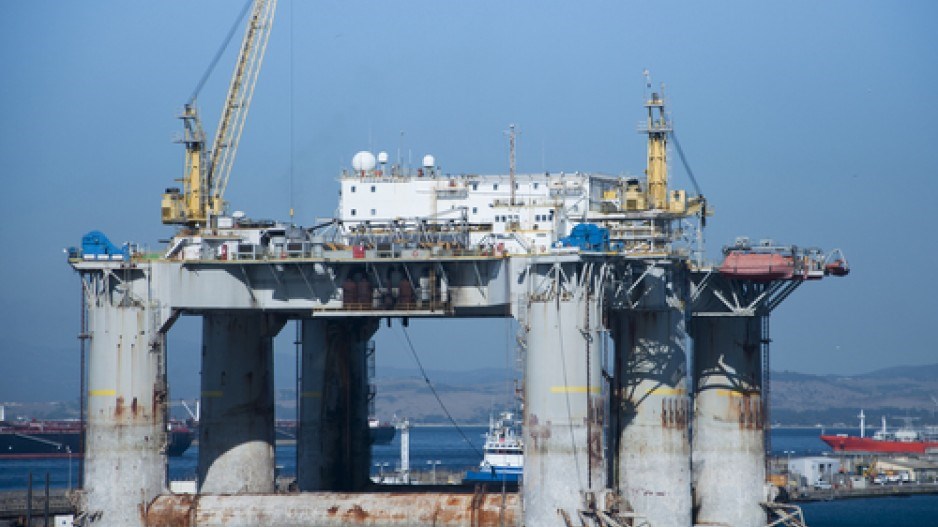British Columbia’s north is not expected to immediately benefit from Canada’s oil and gas industry rebound.
The Petroleum Services Association of Canada (PSAC) forecasts national oil drilling to rise by 5% while B.C.’s drilling is expected to drop 12% from 320 wells to 280.
“We’ve been in this downturn for three years,” said PSAC president and CEO Mark Salkeld. “We had the capacity to support the drilling of 12,000 wells nationwide and now we’re only drilling less than 4,000 wells. So everybody’s looking for any kind of positive sign, and a little uptick is good.”
While northern B.C. isn’t benefiting from the moderate rebound, any relief to the industry is welcome, Salkeld said. Natural gas drilling in northeastern B.C. has fallen to a 23-year low, according to the BC Oil and Gas Commission.
Salkeld said the primary reason British Columbia isn’t benefiting from the growth in wells is the uncertainty that shrouds the industry.
“In reality we can’t really see past Q1 2017,” he said. “There are just too many variables out there that we’re still dealing with – the price of oil, capital expenditures, access to market and what pipelines are being built. All those things just kind of weigh on the optimism for any significant increase in activity.
“Until we start turning over dirt and building [liquefied natural gas] plants then there’s no point in drilling any more wells.”
According to the Ministry of Natural Gas Development, drilling has dropped because new resource discoveries across the continent have left the market flush with supply and have put pressure on natural gas prices. Data from the Canadian Energy Research Institute shows that British Columbia accounts for 35% of Canada’s natural gas resources, most of which can be found in the Montney and Horn River basins. Drilling activity is expected to increase as the natural gas sector diversifies and the LNG export industry develops.
Salkeld said the Petroleum Services Association is confident in the return of a strong oil and gas sector in the province.




